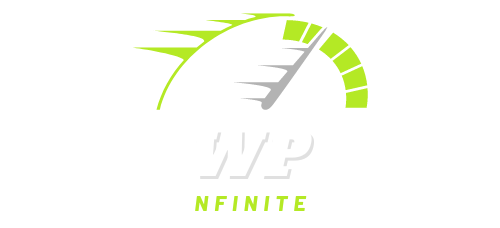Understanding Core Web Vitals: First Meaningful Paint, First Contentful Paint, and Largest Contentful Paint in WordPress
When you’re running a WordPress site, understanding how your pages load and display content can be critical for both user experience and search engine optimization. Among the most significant performance metrics are First Meaningful Paint (FMP), First Contentful Paint (FCP), Largest Contentful Paint (LCP), and the Largest Contentful Paint element. Each of these metrics provides insights into how users perceive the speed of your site, which can directly impact engagement, satisfaction, and SEO rankings.
What are These Paint Timings?
First Meaningful Paint (FMP): This metric measures the time it takes for the main content of a page to become visible to the user. It’s considered a key indicator of perceived load speed because it shows when the primary content that users are interested in is loaded.
First Contentful Paint (FCP): FCP measures the time from navigation to the moment when any part of the page’s content becomes visible. This could be text, an image, or other media. It’s the first indication to the user that the page is actually loading.
Largest Contentful Paint (LCP): LCP, on the other hand, focuses on the largest content element visible in the viewport. This metric is crucial because it marks the point where the main content has likely loaded, which is what most users care about when they visit your site.
Largest Contentful Paint element: This is the element that contributes most significantly to the LCP metric. Identifying this element can help developers know which part of the page to optimize to improve LCP.
How They Affect WordPress Performance and Speed
These metrics are vital for a good reason. Websites that load quickly have a lower bounce rate and higher user engagement, which in turn, boosts SEO rankings and improves user retention. Google uses these metrics, particularly LCP, as part of its Core Web Vitals, to assess the overall experience delivered by a page and factor it into ranking decisions.
Improving Paint Timings in WordPress
Improving these metrics can seem daunting, but several strategies can make a significant impact:
- Optimize Image Sizes: Since images often account for the largest bytes to load, optimizing them can drastically reduce load times. Use modern formats like WebP, which provide superior compression and quality characteristics compared to older formats like JPEG and PNG. Tools like Smush, ShortPixel, or Imagify can automatically optimize images as you upload them to WordPress.
- Minimize Critical Request Depth: Reduce the number of resources that are loaded in the critical rendering path. This can be achieved by deferring the loading of non-critical CSS and JavaScript, and by inlining critical CSS directly into the HTML.
- Use a Content Delivery Network (CDN): CDNs can significantly reduce load times by storing copies of your files on servers across the globe, thus bringing them closer to your users. This is especially effective for improving LCP for users who are geographically distant from your primary server.
- Enable Lazy Loading: Lazy loading defers the loading of images and iframes until they are about to enter the viewport. This means that if a user never scrolls down to a heavy image, it never gets loaded, thereby reducing initial load time.
- Upgrade Web Hosting: Sometimes, the simplest way to improve your site’s performance is to move to a faster host or upgrade to a more powerful server. If your hosting server is slow, improving this can dramatically decrease your FMP, FCP, and LCP times.
Conclusion
Understanding and optimizing First Meaningful Paint, First Contentful Paint, and Largest Contentful Paint in WordPress is crucial for enhancing site performance and, by extension, user experience and SEO rankings. By focusing on these metrics, you can ensure that visitors will see your content faster and interact with it sooner, leading to better engagement and conversions. While there are many adjustments you can make, start with the above strategies as they can provide the most significant improvements in paint timings for your WordPress site.
